Germany - Marine research services
For more information and to make a bid you will need to go to the third party website.
Details
Provided by
- Opportunity closing date
- 09 April 2020
- Opportunity publication date
- 03 March 2020
- Category
- 73112000: Marine research services
- Value of contract
- to be confirmed
- Your guide to exporting
Description
Background: Food web models illustrate that meiofauna species play an important trophic role in the structure and function of food webs. Meiofauna is linked to the food webs of the higher trophic level through their consumption by invertebrates and small benthic fish species. However, not only little is known about the spatial distribution of subtidal meiofauna species, but also about possible relationships between sediment properties and food availability on the distribution and species composition of meiofauna species. For example, abiotic parameters such as sediment structure, grain size and habitat structure influence the species composition and spatial expression of meiofauna communities in the intertidal (van der Heijden et al. 2018). Relevant environmental factors will be investigated in the project planned here in parallel with the meiofauna communities (LOS 2). Moreover, benthic communities are mainly dependent on the amount of high quality food that is introduced. In this project, benthic primary production (chlorophyll a) will be quantified as a proxy for the input of fresh, nitrogen-rich organic food for the benthic communities. The results will provide information on which environmental variables influence the spatial variability of meiofauna communities in the North Sea.Scope and terms of reference:The following studies will be carried out under the planned contract.1Investigation of sediment properties such as grain size and total organic carbon (TOC) in different FFH habitat types (KGS, Sandbank, LRT 1160) and MSRL Broad habitat types (infralittoral, circalittoral) in the coastal seas of Schleswig-Holstein and the North Sea,2. Investigation of benthic primary production (chlorophyll a) in different FFH habitat types (KGS, Sandbank, LRT 1160) and MSRL Broad habitat types (infralittoral, circalittoral) in the coastal sea of Schleswig Holstein and the North Sea,3. trips should be made in 2020 and 2021 and should be carried out twice a year to record seasonal differences. Sampling is done in close consultation with the NPV and the contractor of lot 2, so that planned surveys or surveys to be carried out anyway as well as human resources can be shared. The results of the 1st and 2nd mentioned environmental variables form the basis for the modelling of the meiofauna communities in lot 2. a joint sampling is therefore mandatory,4. preparation of a final report and handover of the data and products in coordination with the client at the end of the project Background: Food web models illustrate that meiofauna species play an important trophic role in the structure and function of food webs. Meiofauna is linked to the food webs of the higher trophic level through their consumption by invertebrates and small benthic fish species. Information on the spatial distribution of subtidal meiofauna species, biomass and abundance in the North Sea is little known and old. Data on composition, distribution, production and biomass of the North Sea meiofauna were summarized by Heip et al (1983) and Heip et al (1990). A comprehensive picture of the meiofauna in the North Sea in its present form is unknown. The proposed project will investigate the species composition, community structure, abundance and biomass of meiofauna organisms (Nematoda, Harpacticoida) in different habitats in the North Sea. The results will show quantitative regional or habitat-specific differences. In addition, it will be examined whether it is possible to classify meiobenthic character species into plausible nutritional types, which act as input variables for food web modelling. The data obtained will be used in the future to parameterise existing food web models. scope of investigation and description of services:The following investigations will be carried out within the framework of the planned contract.1. investigation of biodiversity, species inventory, community structure and abundance (ind. m2 ) and biomass of meiofauna in the coastal sea of Schleswig-Holstein and the North Sea. Sampling is carried out in different FFH habitat types (KGS, sandbank, LRT 1160) and MSRL Broad habitat types (infralittoral, circalittoral) of the North Sea. Three replicas are to be taken per station. Exits should take place in 2020 and 2021 and should be carried out twice a year to capture seasonal differences. Sampling is carried out in close consultation with the NPV so that planned surveys or surveys to be carried out anyway as well as human resources can be shared.2. identification of invasive and new species These species should be verified by genetic methods (barcoding, metabarcoding).3 Identification of character species and food types that are suitable to act as input for food web modelling. It is to be examined whether the division of Nematoda into 4 nutrition types according to Wiesner (1953) is transferable to the coastal sea of Schleswig-Holstein. It will also be examined whether a comparable classification by nutritional type is possible for harpacticoids.4 Modelling the influence of environmental parameters on species composition and distribution. Abiotic parameters such as sediment structure, grain size and habitat structure influence the species composition and spatial expression of meiofauna communities and are investigated in parallel (Lot 1).
- Opportunity closing date
- 09 April 2020
- Value of contract
- to be confirmed
About the buyer
- Address
- Landesbetrieb für Küstenschutz, Nationalpark und Meeresschutz Schleswig-Holstein (LKN), vertreten durch die Gebäudemanagement Schleswig-Holstein AöR (GMSH) Gartenstr. 6 Kiel 24103 Germany
- Contact
- christian.speck@gmsh.de
The deadline to apply for this opportunity has passed.
Visit the
opportunities page
to find another.
